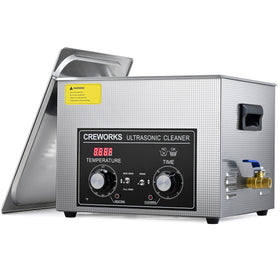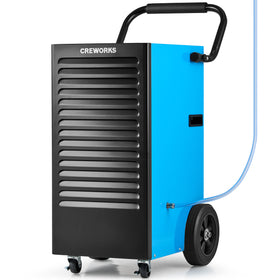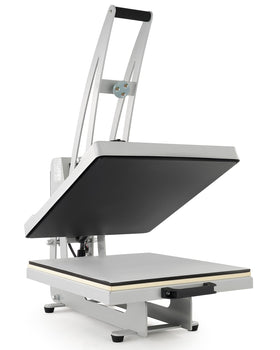With over 10000+ orders
With over 10000+ orders
For millions of people around the world, it is an everyday routine to clean dentures to avoid infection and odor. However, sometimes you may still worry that brushing and soaking might not remove all the particles and bacteria. This is where the ultrasonic denture cleaner comes in as a game-changer. With the advanced ultrasonic cleaning technology, these devices can offer a modern solution for denture maintenance. If you are considering adopting this advanced technology, this guide will help you understand three important features of ultrasonic denture cleaners that you need to know when you are trying to choose the best ultrasonic denture cleaner.
An ultrasonic denture cleaner always has many features that you can explore, out of which three stand out as main characteristics to focus on. These three features can be helpful for you to make an informed decision when choosing a high-quality ultrasonic denture cleaner.
The frequency and power of the denture ultrasonic cleaner can affect its cleaning efficiency. It is the denture ultrasonic cleaner’s component-generator, which powers the transducer and controls the frequency of the waves.
Ultrasonic describes the vibration occurring at a frequency higher than the upper audible limit for humans, which is approximately 20 kilohertz (kHz). An ultrasonic cleaner can operate at frequencies from 20 kHz to higher frequencies. Generally, higher frequencies will be better suited for removing smaller particles. Typically, 40kHz is the most common frequency.
The cleaning power is determined by the amount of power supplied to the transducers, measured in watts per gallon (or liter) of cleaning solution. Generally, a higher power is more efficient but only up to a point. Too much power can waste energy or hurt the ultrasonic cleaner. Usually, an ultrasonic cleaner operates within a range of 50 to 100 watts per gallon.
The size of the tank can be one of your considerations, which determines how many dentures or dental appliances you can clean at once. For individual use, a small tank may suffice, but for families or care facilities, a larger tank might be necessary to accommodate multiple sets of dentures simultaneously. As for the cleaning time, a good ultrasonic denture cleaner can usually finish cleaning your denture in just a few minutes. However, if the cleaning solution doesn’t work well or there are heavy stains, you may need to prolong the cleaning time, which can also be influenced by the settings of the cleaner.
After learning the advanced technology brought by ultrasonic cleaners for dentures. There is still one consideration you need to have a survey- the price. The price of an ultrasonic denture cleaner can vary significantly, generally ranging from $30 for basic models to higher prices for professional-grade units. Cheaper models might need frequent replacement every couple of years, whereas more expensive ones are designed to last longer and may offer better long-term value. It is also wise to consider the warranty and customer support offered by the manufacturer as part of the overall value proposition.
After learning the key features of ultrasonic cleaners, a high-quality ultrasonic cleaner for dentures from CREWORKS can be an outstanding example to explain more details about what you need to know about a good ultrasonic cleaner for dentures.
This ultrasonic cleaner for dentures from CREWORKS uses 40kHz sound waves to create cavitation, which is a common frequency used by many other ultrasonic cleaners. Its standard ultrasonic power is 60W. However, this cleaner has a dual mode, which means that it still has a gentle mode that can provide a gentle ultrasonic power-30W. This is very customized. Its capacity is 2L, which is enough for individual use, and if you are looking for ultrasonic cleaners with a larger capacity, you can visit CREWORKS for more models. This ultrasonic cleaner also has two timer rangers-the standard timer ranging from 1 to 30 minutes and the extended timer ranging from 1 to 99 minutes, which can allow you to adjust your cleaning time based on your needs. Besides, with a 304 stainless steel seamless tank and basket, this ultrasound cleaner is food-grade safe and lasts longer.
Choosing the best ultrasonic denture cleaner involves understanding its essential features and how they cater to your specific needs. As demonstrated in this guide, from examining the frequency and power of the device to evaluating its price and durability, each aspect plays a crucial role in the cleaning experience. The CREWORKS’ ultrasonic cleaner exemplifies a model that balances power, capacity, and user-friendly features, which can make it a compelling option for you to ensure that your dentures remain in optimal condition, thus maintaining oral health and comfort.











